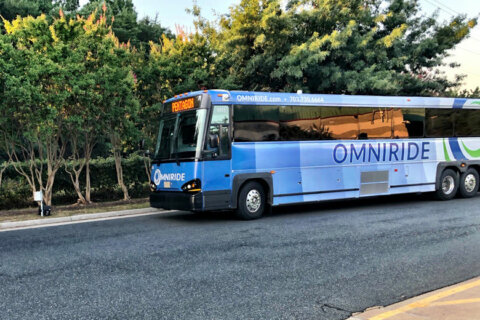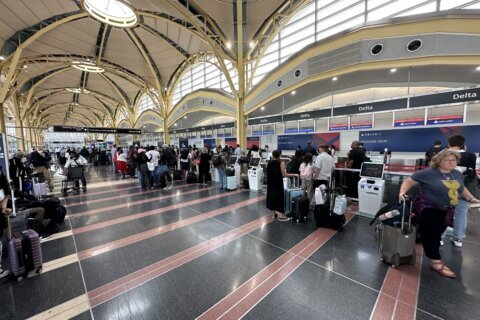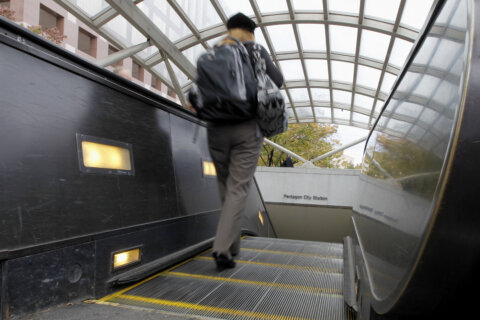WASHINGTON — The emergency inspections of cables flagged by federal investigators and checked last year has prompted questions about the quality of the billions of dollars worth work and equipment improvements that Metro has pumped into the system during the last six years.
But General Manager Paul Wiedefeld would not say Tuesday whether any of the equipment replacements or other maintenance work done in recent years through weekend and evening track work will need to be reviewed as well.
Wednesday’s emergency inspections are focused on jumper cables that connect parts of Metro’s third rail, which feeds power to the trains.
Those cables were inspected after electrical arcing along the Yellow Line created a dense acrid cloud of smoke that filled a train and led to the death of Carol Glover outside L’Enfant Plaza Station last January. That incident had similarities to a cable fire Monday near McPherson Square that spurred this latest round of safety checks.
But Wiedefeld said Tuesday that he could not be confident that the National Transportation Safety Board’s recommended cable inspections were carried out correctly.
Former Metro Deputy General Manager Rob Troup, who had been responsible for the rail system, resigned recently just ahead of Wiedefeld’s announcement of a new organizational structure aimed at improving Metro service and efficiency.
For years, Metro has failed to spend all of its allotted money for capital improvements, and Wiedefeld has said Metro needs more realistic goals. And he said last week that the problems at Metro were worse than previously understood.
Wiedefeld has asked for information about whether additional and longer track shutdowns could improve the efficiency of track work. That report is due this spring
The weekend shutdowns and other track work that have become so familiar to riders kicked into high gear following the deadly 2009 Red Line crash, which led to a number of federally required changes for the system.
Since Wiedefeld took over, Metro has begun to speed up certain work, including replacements of rail and fasteners that were identified as a likely contributing factor to a derailment outside the Smithsonian Station.
Next month, Metro will finally begin to retire its oldest cars in active service. The National Transportation Safety Board has said the cars do not do enough to protect riders in a crash.







